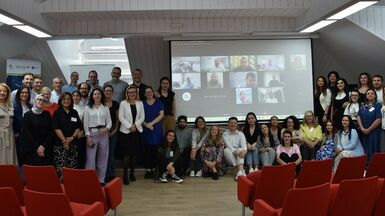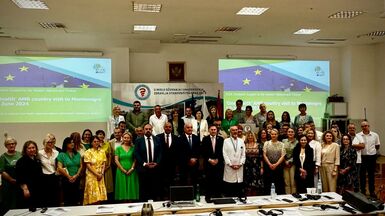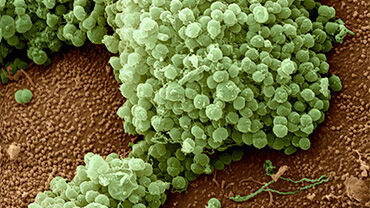Concerns about future treatment of gonorrhoea in Europe: ECDC issues response planArchived
With more than 32 000 cases, gonorrhoea was the second most commonly reported sexually transmitted infection (STI) in Europe in 2010. As data from the ECDC report Gonococcal antimicrobial susceptibility surveillance in Europe 2010 illustrates, gonococci have become more resistant to common agents for treatment and show reduced susceptibility to newer antibiotics. “This indicates the risk that gonorrhoea may become an untreatable disease in the near future”, stresses ECDC Director Marc Sprenger.
In response to these signals, ECDC today also publishes its Response plan to control and manage the threat of multidrug-resistant gonorrhoea in Europe. Results from the European Gonococcal Antimicrobial Surveillance Programme (Euro-GASP) show that the percentage of isolates with decreased susceptibility to the recommended drug for treatment of gonorrhoea (cefixime) rose from 4% in 2009 to 9% in 2010. Decreased susceptibility was detected in 17 countries in 2010, seven more than in the previous year.“Decreasing susceptibility to recommended antimicrobials and increasing numbers of treatment failures across Europe ask for careful monitoring of the European gonococcal population as the as the loss of the current recommended treatments could result in untreatable gonorrhoea”, says ECDC Director Marc Sprenger.







